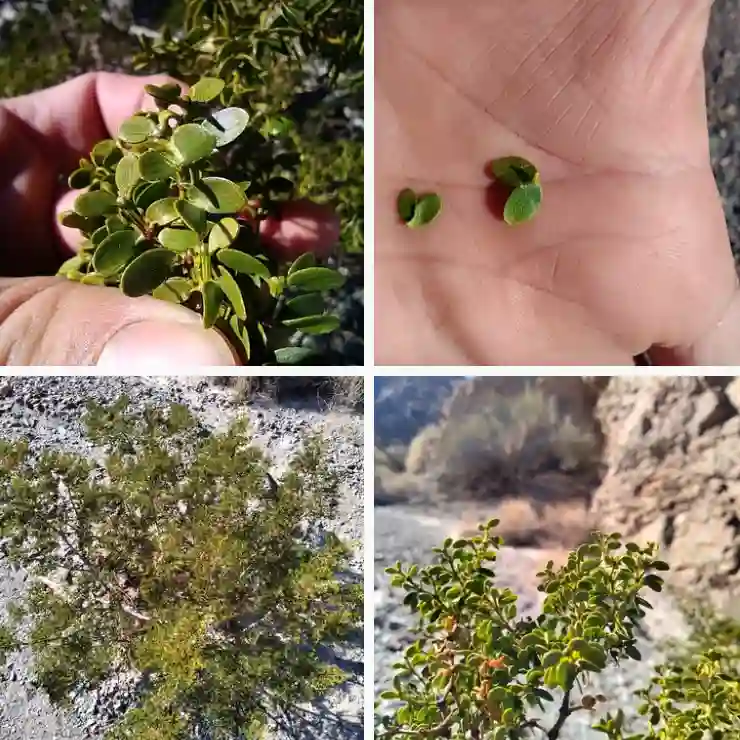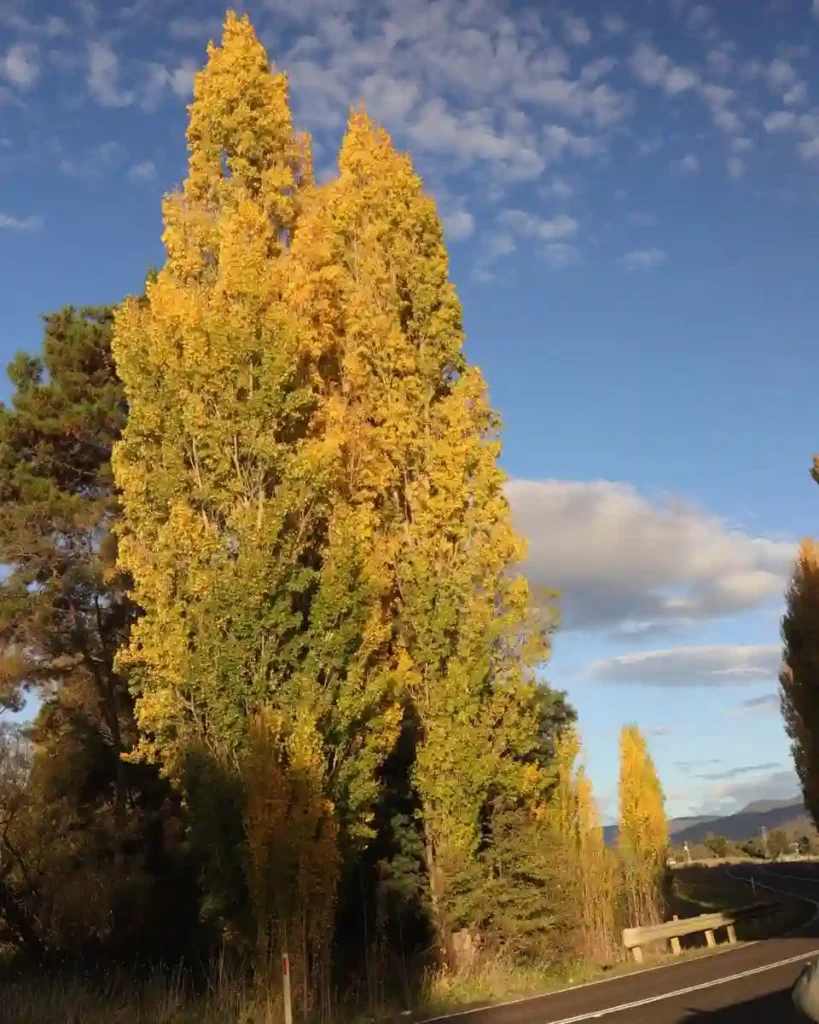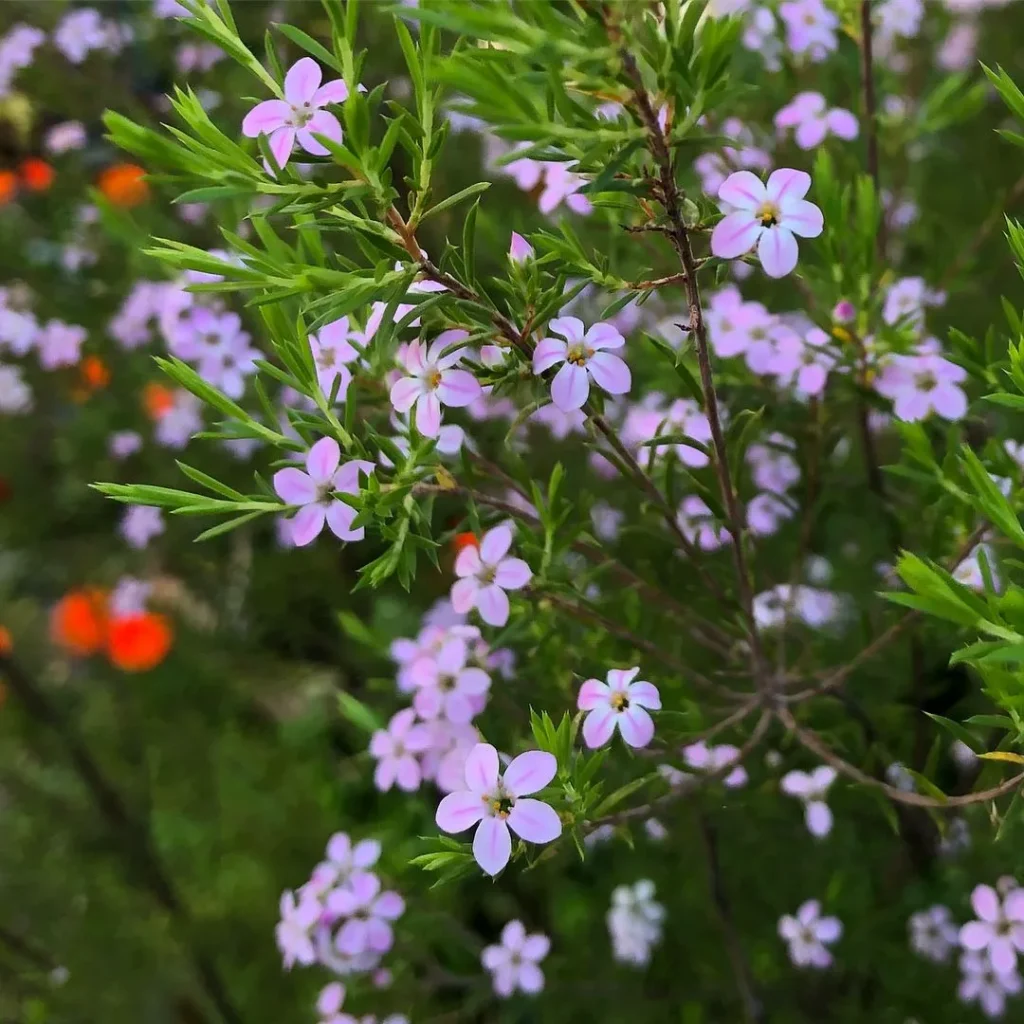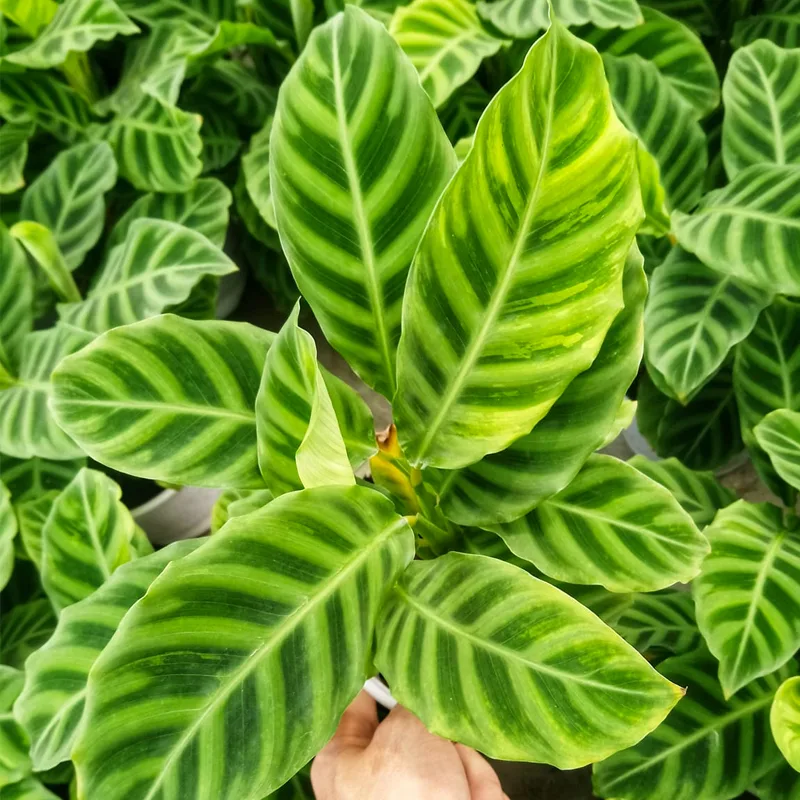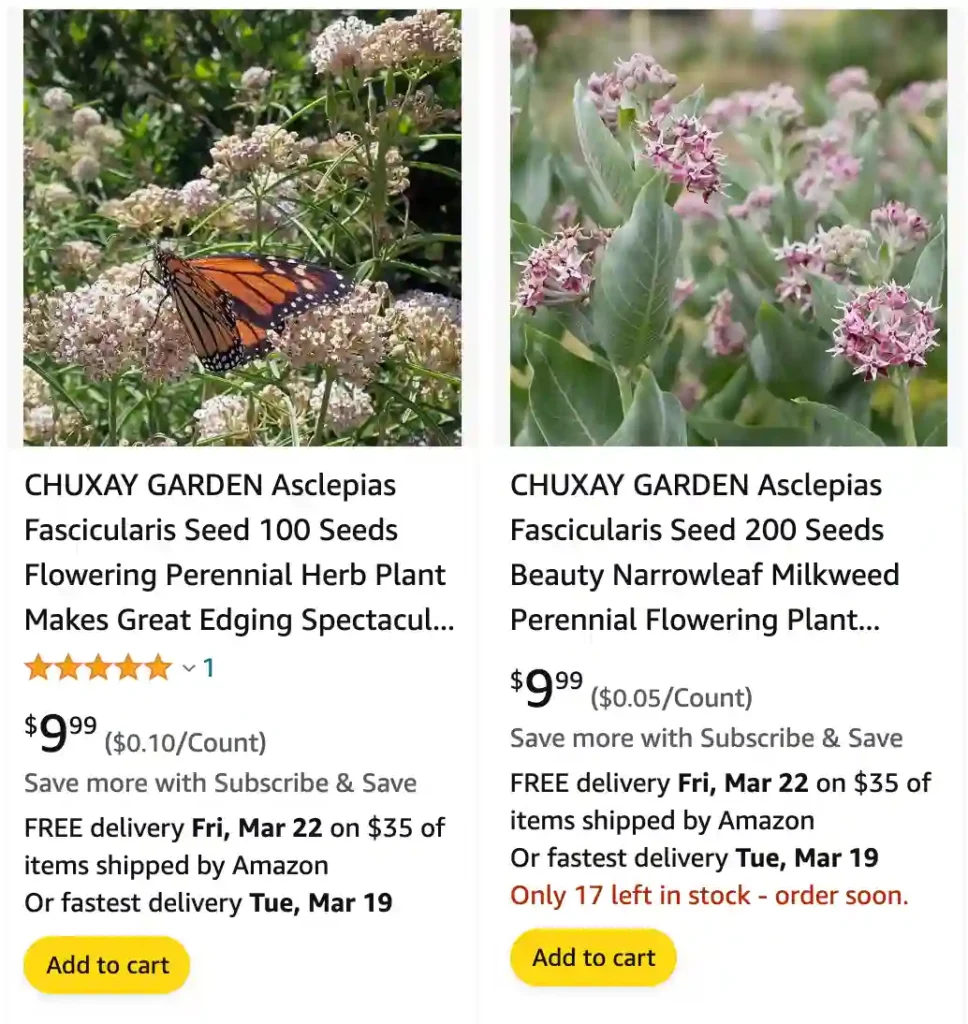
My Fascination with Asclepias Fascicularis: The Butterfly Beacon in My Garden
As a passionate gardener, I’m constantly on the lookout for plants that bring not just beauty but also ecological benefit to my little slice of the world. That’s how I stumbled upon Asclepias fascicularis, also known as Narrowleaf Milkweed. This unassuming perennial has become a star in my garden, attracting a kaleidoscope of butterflies and playing a vital role in their survival.
209 Species in Genus Asclepias
A Haven for Monarchs
The most captivating aspect of Asclepias fascicularis is its irresistible charm for Monarch butterflies. These majestic creatures depend solely on milkweed for their caterpillar stage. Narrowleaf milkweed boasts clusters of delicate, star-shaped flowers in shades of lavender, pink, and white, offering a nectar buffet for adult butterflies. But the real magic happens when female Monarchs lay their eggs on the plant’s leaves. The emerging caterpillars feed exclusively on milkweed, developing a special resistance to predators thanks to the plant’s potent toxins. Witnessing this delicate dance of life unfold in my garden has been a truly humbling experience.
Planting and Propagating Narrowleaf Milkweed
How to Grow Asclepias fascicularis?
The beauty of Asclepias fascicularis lies in its ease of care. It thrives in full sun, making it perfect for sunny borders or butterfly gardens. Well-drained soil is key, as the plant doesn’t tolerate soggy conditions. Amending clay-heavy soil with sand or compost will ensure proper drainage. Once established, Narrowleaf milkweed is quite drought-tolerant, requiring minimal watering. A light feeding of slow-release fertilizer in early spring can give it a boost, but it’s not essential for healthy growth.
How to Propagate Asclepias fascicularis?
There are two main ways to propagate Asclepias fascicularis: seeds and division. Seed propagation is a straightforward approach. Collect seed pods in fall when they turn brown and papery. The seeds have fluffy white appendages that aid in wind dispersal. You can mimic nature by planting the seeds directly in your garden in fall, allowing winter’s chill to break seed dormancy. Alternatively, start seeds indoors in early spring for transplanting outdoors after the danger of frost has passed.
Division is another option for established plants. In early spring, carefully dig up the clump and use a sharp knife to divide it into sections, each with healthy roots and shoots. Replant the divisions immediately, water them well, and keep the soil moist until they establish themselves.
A Native Beauty (or Not)?
Is Asclepias fascicularis native to California?
This is a question with a surprising answer. Asclepias fascicularis is native to the southwestern United States and northern Mexico. While not strictly native to California, it has been naturalized in some parts of the state and provides a valuable resource for Monarch butterflies throughout their migration route.
When to plant Asclepias fascicularis narrowleaf milkweed seed?
For best results, plant seeds in fall or early spring. Fall planting allows natural stratification from winter’s cold, promoting germination. Spring planting requires scarifying the seeds by gently nicking the seed coat with a knife or sandpaper to increase water permeability.
More Than Just a Butterfly Magnet
What to Plant with Asclepias fascicularis?
Asclepias fascicularis pairs beautifully with other drought-tolerant perennials like lavender, penstemon, and coreopsis. It also complements ornamental grasses like feather reed grass and blue grama grass, adding textural interest to the garden.
Companion Planting for Monarch Butterflies
To create a true butterfly haven, consider planting nectar-rich companion plants alongside your Narrowleaf milkweed. These additional food sources will sustain adult butterflies while they visit your garden to lay eggs on the milkweed. Some excellent options include butterfly bush, lantana, and zinnias.
A Rewarding Journey
Growing Asclepias fascicularis has been a rewarding experience on multiple levels. It’s a low-maintenance plant that adds a touch of elegance to my garden with its delicate flowers. But more importantly, it provides a vital lifeline for Monarch butterflies, contributing to their conservation. Watching these majestic creatures flit through my garden fills me with a sense of purpose, knowing I’m playing a small but crucial role in their survival.
If i die, water my plants!
